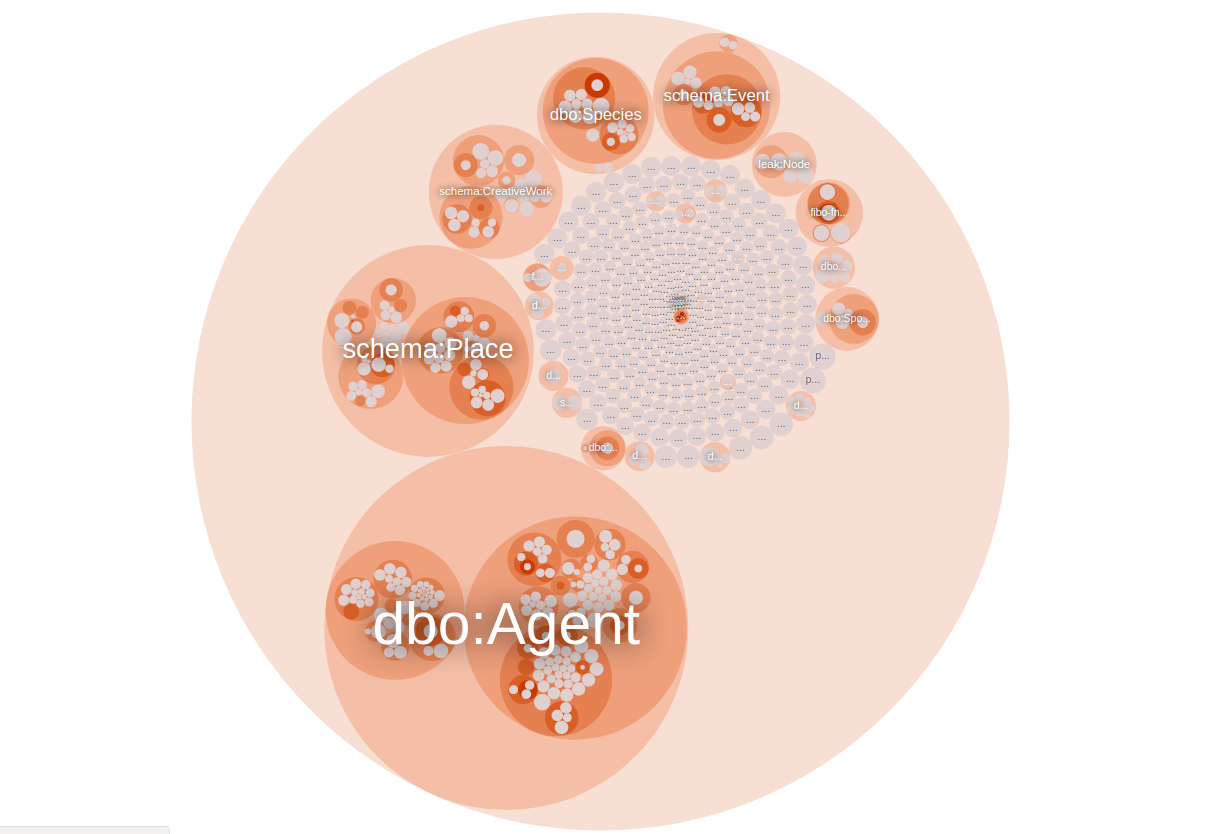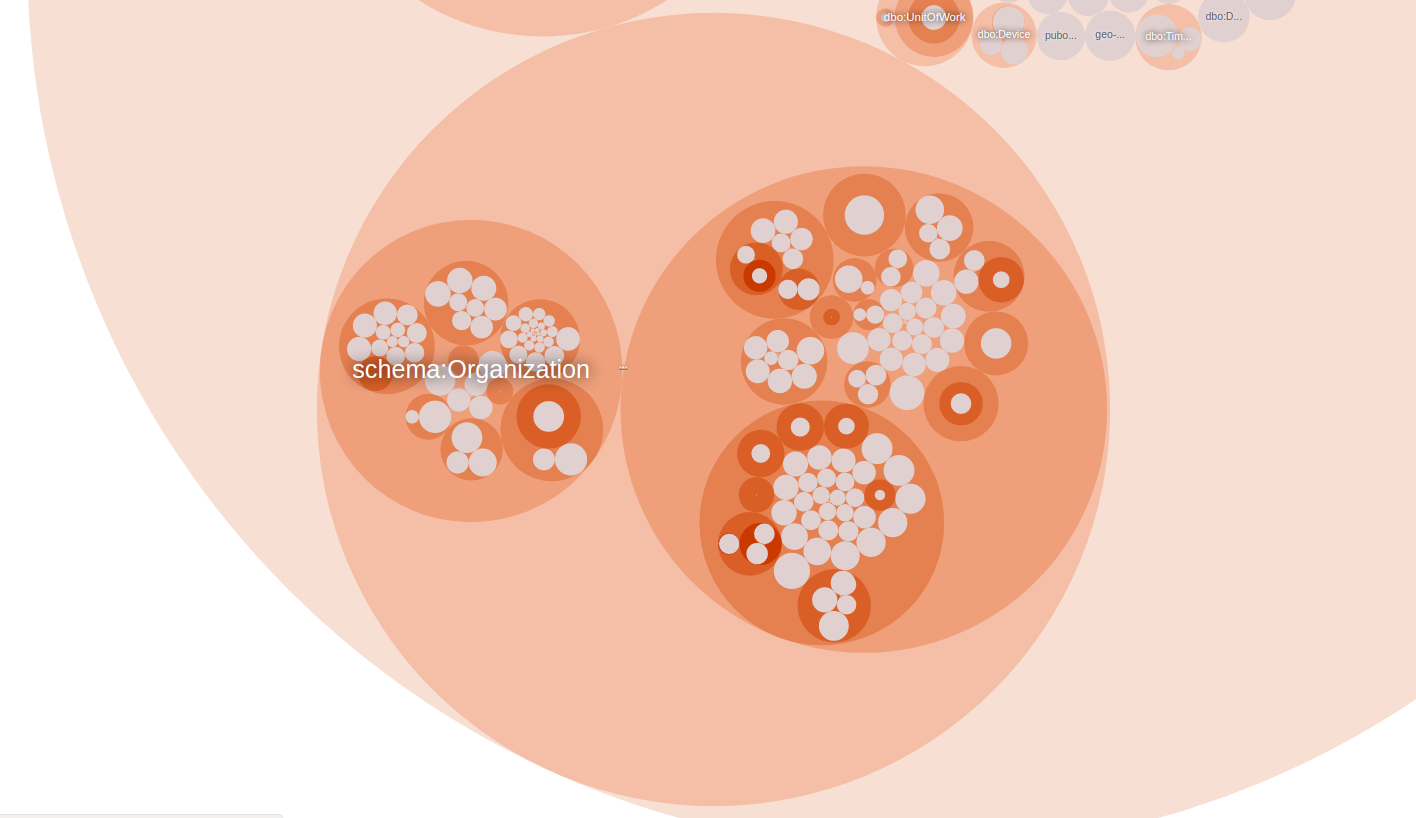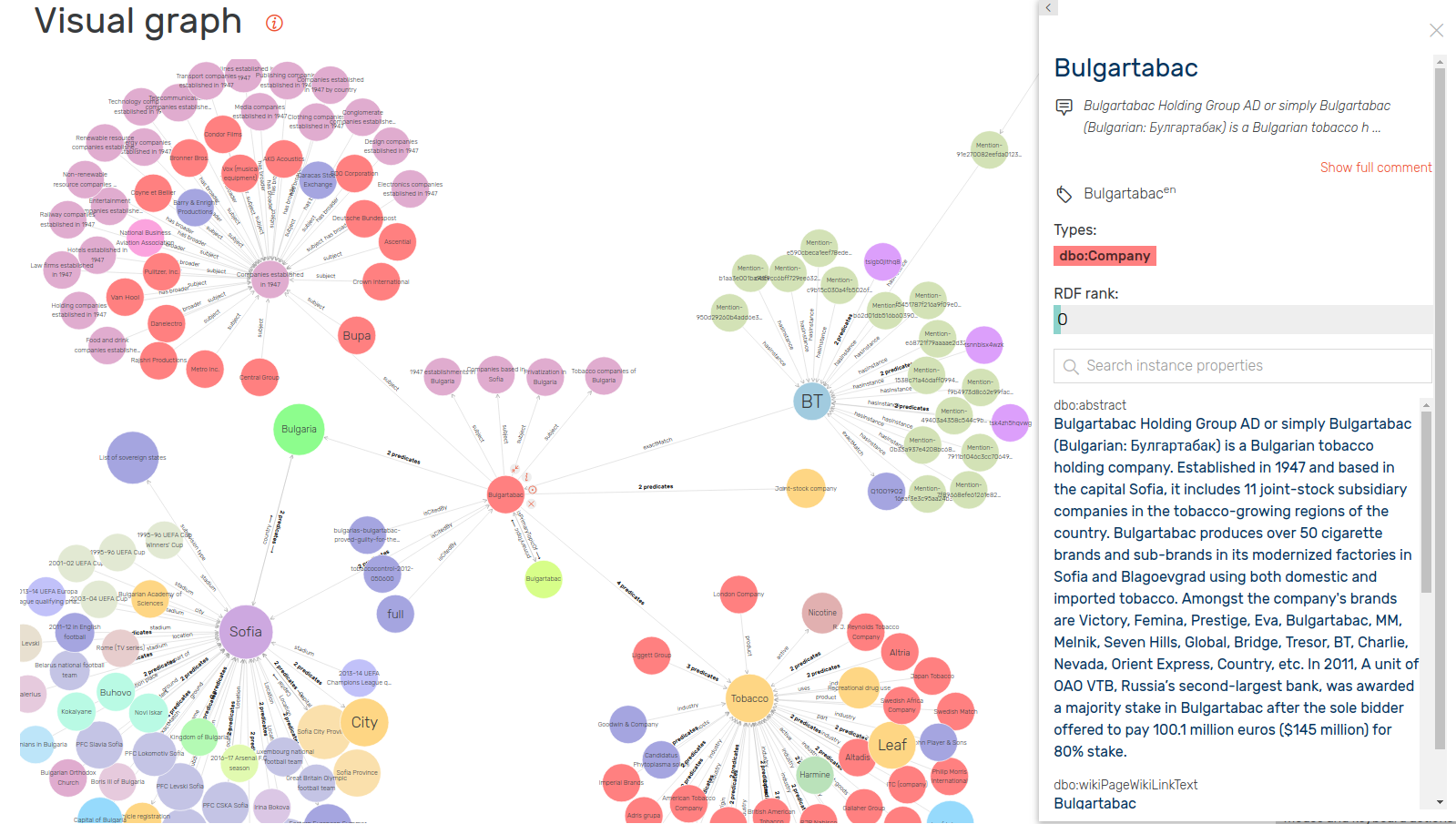Ontotext Case: Automated Detection of Anomalous Industry Classification in Linked Data. @ Global Datathon 2018
Andrey Tagarev and Nikola Tulechki - Ontotext
2018-09-20
1 FactForge: Data Integration
- DBpedia (the English version) 496M
- Geonames (all geographic features on Earth) 150M
- owl:sameAs links between DBpedia and Geonames 471K
- Company registry data (GLEI) 3M
- Panama Papers DB (#LinkedLeaks) 20M
- Other datasets and ontologies: WordNet, WorldFacts, FIBO
- News metadata (2000 articles/day enriched by NOW) 473M
- Total size (1611M explicit + 328M inferred statements) 1939М
2 FactForge: News Metadata
- Metadata from Ontotext’s Dynamic Semantic Publishing platform
- News stream from Google
- Automatically generated as part of the NOW.ontotext.com semantic news showcase
- News stream from Google since Feb 2015, about 50k news/month
- Over 1M news articles at present
- ~70 tags (annotations) per news article
- Tags link text mentions of concepts to the knowledge graph
- Technically these are URIs for entities (people, organizations, locations, etc.) and key phrases
3 FactForge: Classes

4 FactForge: Organisations

5 Bottom-up Industry Classification
- Leverage wikipedia manual classification
- Normalize and organize
- Merge and order to produce a hierarchy
- 17361 industry tags with no clear connection
- 9560 literals and 7801 IRIs
- The result
- 32 top-level industries
- 240 industries total organized in multiple levels
- tag clusters give richness of expression
6 The Problem
… as always- messy data.
- Companies are sometimes incorrectly classified (Type I error)
- Some companies are not classified in all appropriate industries (Type II error)
7 The Task
Describe and evaluate a technique for identifying both types of errors in the data.
8 The Data

9 The Data II
- Simple csv dump
- Contains all organisations
- Includes several useful direct features
- name
- description
- wikipedia categories
- location
- industries
10 The Data III
- Deep graph features
- No dump as there are too many possibilities
- Provided are sample SPARQL queries to extract some promising features for each organisation
- direct links to wikipedia articles
- direct links from wikipedia articles
- indirect links through news mentions
- mapping from industries to lists of keywords
- rich geographical information (through geonames)
- parent/subsidiary relations
- Mentors can provide assistance for modifying the queries or creating new ones for novel features
11 The Data IV
